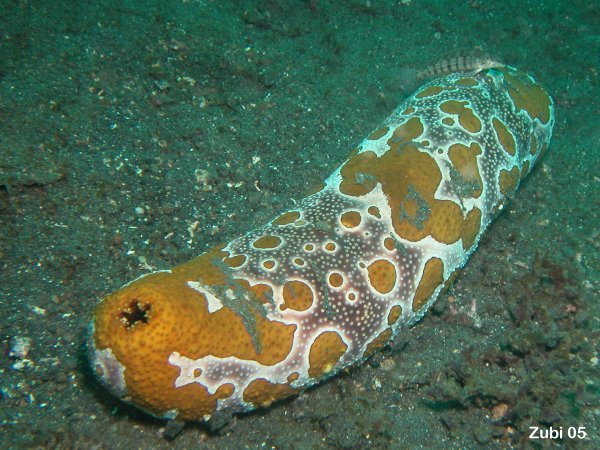Home » natural health »
SEA CUCUMBER: Joint reliever
The sea cucumber is a living creature, not an ocean vegetable. It earned its name from its looks, but don’t expect to get a pickle out of it. More likely it will get you out of a pickle, the one caused by arthritis.
Sea cucumber (beche-de-mer) is one of the most useful arthritis treatments I’ve ever dispensed. Without any side effects, it significantly relieves joint aches and stiffness, particularly when combined with the essential oils, glucosamine sulfate, cetyl myristoleate and other nutrients in my arthritis therapy. The Chinese have known of its therapeutic might for thousands of years. Modern medicine still hasn’t quite caught on, although Australia’s equivalent of the FDA designated sea cucumber an official arthritis treatment in 1992.
The creature, a relative of the starfish, hails from the waters of Australia’s Great Barrier Reef. Long-term studies have yet to be done, but informal clinical experiments show that supple-ments considerably reduce arthritis pain and expand joint mobility for about 60 per cent of the people who take them. I have been using it in patient care for years, and to me the 6 per cent improvement figure seems a bit understated. Sea cucumber provides glycosaminoglycans, making it an alternate to chondroitin. I suspect it has other active principles as well, and since it has no negative side effects, I’m inclined to prescribe both.
Supplement Suggestions
The extent of the relief depends on the size of the dosage. I tend to start new arthritis patients on three or four 500 mg capsules per day, tapering the dosage down to two capsules a day once the effects are noticed.






0 Comments
You can be the first one to leave a comment.